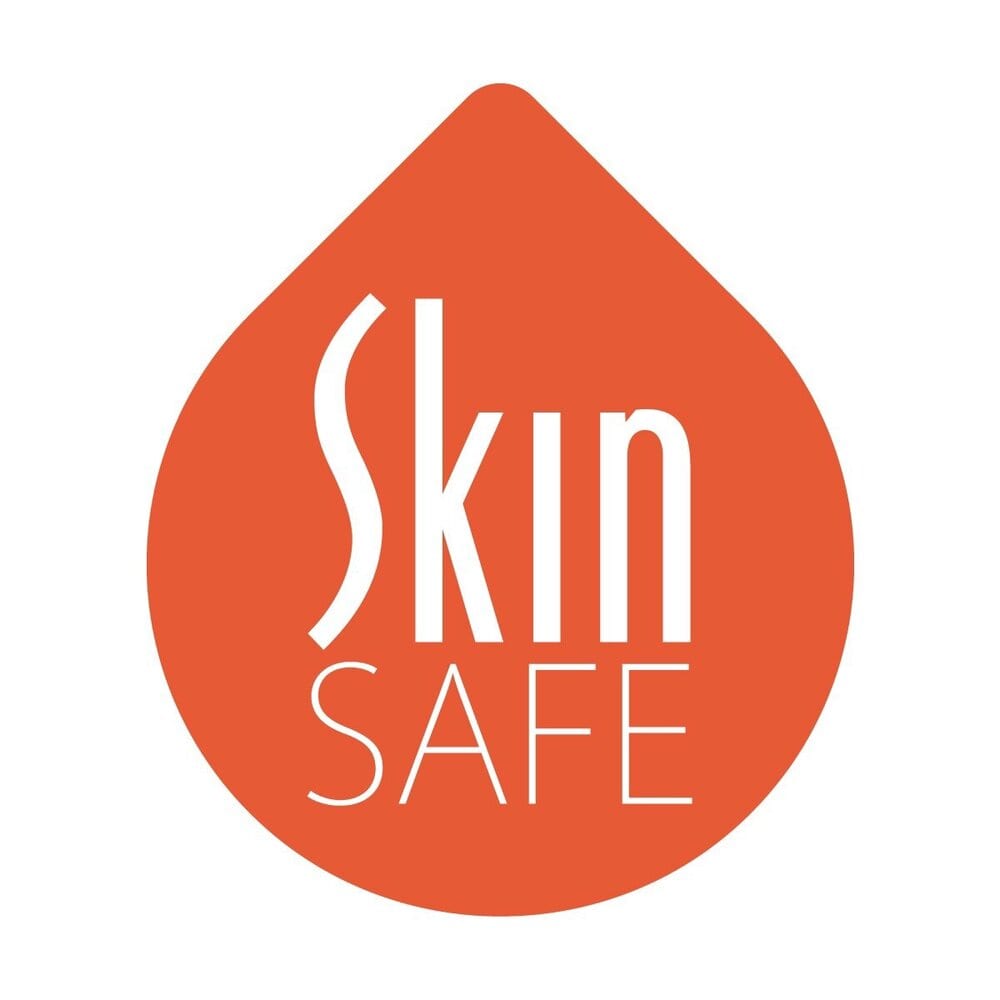
Give me the P.E.A.S. please!
One of the goals in creating The Allergy Life blog was to spread awareness about a life-changing condition, Allergic Contact Dermatitis. A condition I have. A condition I will always have. A condition I’m hoping to avoid for my children. There is a lot of research I want to share with you in the days, weeks and months ahead. I’m just getting started. But in addition to research, I want to share day-to-day living guidance and advice. Guidance and advice I wish I had access to back in the early 2000’s. Back when my condition was just beginning to change my life. By understanding the research that is out there, I hope you will better understand my mission.
The Personal Care Product industry in the United States is not highly regulated and honestly, it’s just not regulated at all. The last time a bill was passed to regulate it was in the 30’s. WOW. Just wow. Because of the limited regulation, personal care companies literally sprout up everyday selling all sorts of things from makeup to essential oils to glued-on fake eyelashes…. the list goes on and on. With no regulation. There is fall out. All around us. People are sick with all sorts of ailments. And one of the people group sick… those with Pediatric Allergic Contact Dermatitis. OUR KIDS!
Pediatric Allergic Contact Dermatitis is on the rise. According to Dr. Sharon E. Jacob, MD, creator of the incredibly informative Dermatitis Academy and most notably a pediatric-patch-test-dermatologist-superstar, reported rates of positive patch tests in children referred for suspected ACD range between 27% and 95%. This means that of the children referred to see a patch test specialist, at least 30% of them are testing positive for ACD. These numbers are rising.
Most of these young kiddos are being sensitized through contact allergens found in their personal hygiene products like their baby body wash, sunscreens and even some medications like steroids and antibiotic ointments. ACD is a condition brought on by repeat exposure, meaning that you can use something for literally YEARS without trouble and then one day, you can’t. Your immune system decides that particular thing is an invader and it will fight it. Forever.
Dr. Jacobs and her top-notch team have been promoting what they call pre-emptive avoidance strategy (P.E.A.S.) since 2005 especially with patients who have widespread dermatitis and eczema and they’ve had HUGE success. This team developed the Simple & Free guideline making P.E.A.S. available publicly with the goal of reducing skin rashes from top sensitizing allergens. Simple & Free is just that, simple to understand and free to implement. “By reducing exposure to the most common contact allergens, you can reduce the risk of your child developing life-long allergic contact dermatitis. If skin is already reactive, many times removal of these allergens can help calm the skin.” By removing the top 10 recognized contact allergens from your child’s daily routine, you can help prevent them from a life-long struggle with ACD.
The top 10 allergens that you should be avoiding on P.E.A.S. is: balsam of Peru, balsam of pine, benzalkonium chloride, benzyl alcohol, cocamidopropyl betaine, colophony, compositae (chamomile/bisabolol, dandelion, sunflower, safflower), formaldehyde-releasing preservatives (quaternium 15, imidazolidinyl urea, diadizolidinyl urea, 1,2-nitrobronopol, DMDM hydantoin), fragrance, lanolin, methylchlorisothiazolinone (MCI), methylisothiazolinone (MI), propolis, propylene glycol, and sodium benzoate. (I put in bold the contact allergens I currently have)
Whew. That’s quite a list. I live this ingredient-avoidance daily, but I’ve put this strategy into place for my kids, but one of my sons most specifically. He’s had terrible eczema since he was a little, tiny guy and would wake up with rashes seemingly from nowhere. With eczema, there can be terrible itching and scratching and subsequent breaks in the skin. Those breaks in the skin is where the real trouble can begin for ACD allergies. Once a top allergen, like the ones listed above, slide in under the skin, the immune’s system’s T cells can swoop right in and decide those allergens are invaders. Once your immune system recognizes one of these as an enemy, it does not forget it and that my friend is having an ACD allergy for life. It’s a living nightmare. Here’s a little cartoon video about Nickel Allergic Contact Dermatitis that can help you understand how this works inside the body. When you hear Nickel, just replace that with any of the allergens listed above. In addition, this cartoon video really helped me understand T cells. It explains how Poision Ivy is basically the same as ACD!
Won’t you give your kiddo a chance to avoid Allergic Contact Dermatitis for their life by setting them up with a healthy environment? Give them the P.E.A.S. please! Just look at my little buddy. Whew. Sad face. I implemented P.E.A.S. for Luke years ago and I really don’t see any episodes like this anymore! Thankful. I’m mostly thankful for the knowledge of what to avoid for him.
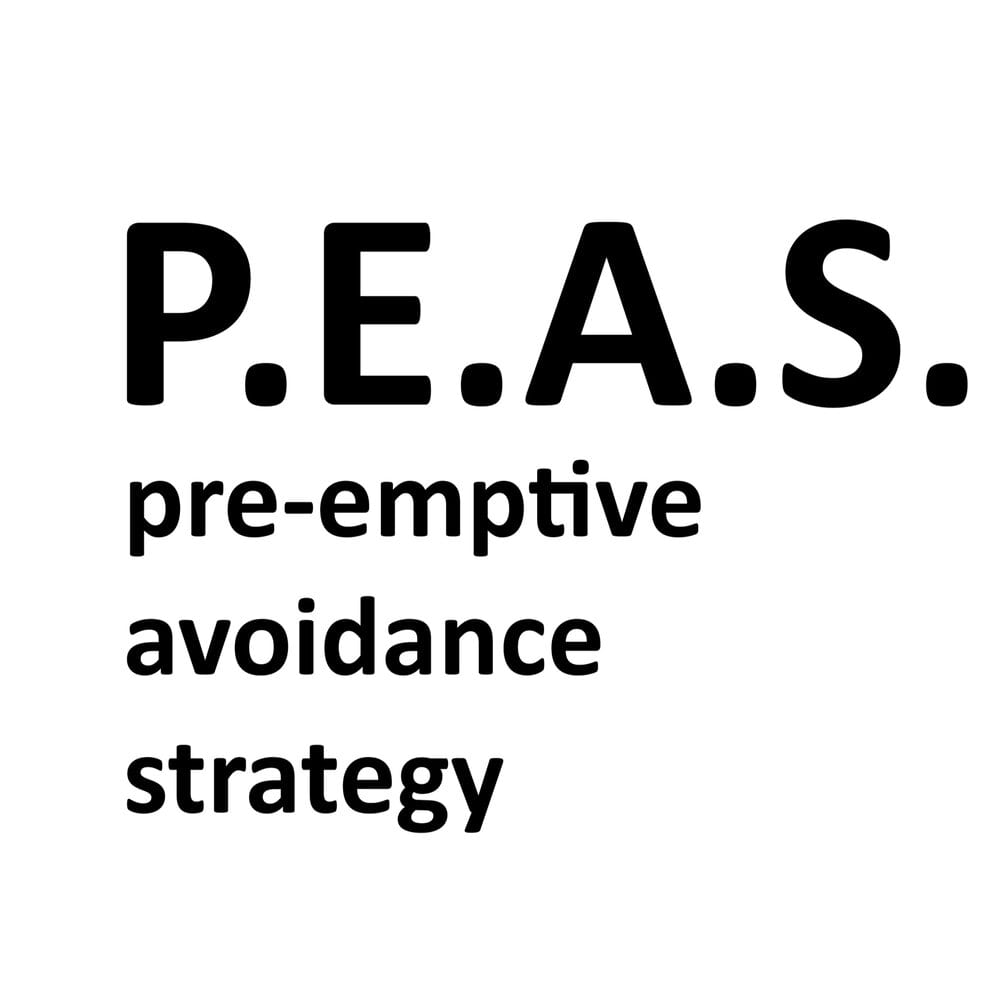
I know what you’re thinking. Whew, with a list like that how would I even know where to begin to give my kiddo a fresh start. Enter SkinSafe.com
SkinSafe was created by Dr. James Yiannias, the amazing patch-test dermatologist at The Mayo Clinic. With such a huge name behind it, you know it’s backed by science and real patch testing data. Dr. Yiannias had a fantastic idea to create a database to weed out all of these nasty top allergens when he was saw all the products in his dad’s medicine cabinet on a visit. His dad struggled with lifelong eczema and reading labels was a struggle for him. It’s a struggle for us all! That’s where SkinSafe comes in. The label “Hypoallergenic” does not necessarily mean it is free of allergens. It’s not a regulated term and thus any manufacturer can throw hypoallergenic on a product to mean whatever they want it to mean. SkinSafe adopted the term Top Allergen Free and it’s the new standard for hypoallergenic. A “top free” product on SkinSafe’s site means just that, it excludes the top most common contact allergens. This is exactly what P.E.A.S. is trying to implement as well – a Top Allergen Free environment. Together, they can be your helpers against this challenging product-filled world we live in today.
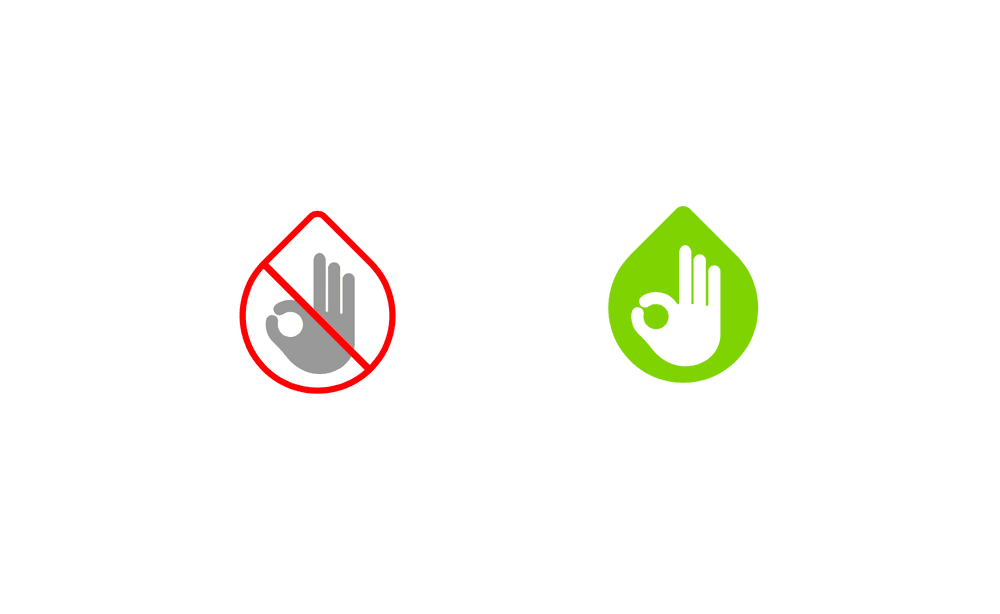 SkinSafe – Not Safe For Me label and the green light Safe For Me label
SkinSafe – Not Safe For Me label and the green light Safe For Me label
By checking the Top Allergen Free icon on SkinSafe’s easy to use app and website, they filter out these allergens:
Fragrances
- Fragrance (Parfum) – Also excludes the most common allergy causing botanicals such as balsam of peru, cinnamic aldehyde, propolis (bee glue) and many more
Preservatives
- Formaldehyde – Also excludes the most common allergy causing preservatives such as quaternium-15 and many more
- Benzalkonium Chloride
- Methyldibromo Glutaronitrile
- Methylisothiazolinone & Methylchloroisothiazolinone
- Benzophenone 4
Other
- Potassium Dichromate
- Bacitracin
- Cobalt Chloride
- Neomycin
- Nickel
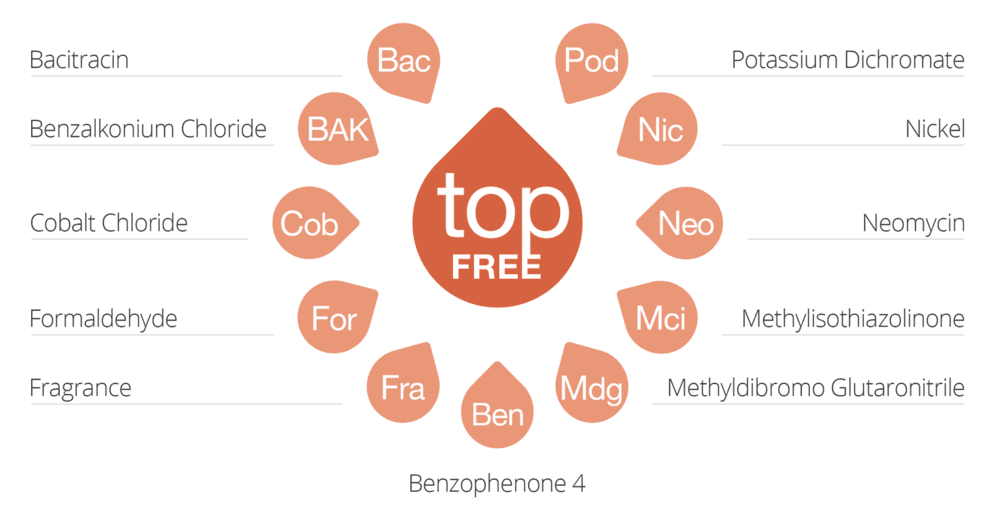
The SkinSafe app is incredibly easy to use and has become a lifesaver for me as I navigate all of my allergies. The app has a scanner option built in that I use in any store I find myself in. By simply scanning the barcode on the product I’m interested in, I can tell immediately if it’s safe for me. Learning to read product labels is always first-line defense, but it is very hard to know ALL the synonyms for your allergens. This is where SkinSafe saves the day. You can also use SkinSafe as you implement P.E.A.S. into your environment. If the Top Free red drop isn’t listed, it’s not a product you want to use with your family.
If you’ve already been patch tested and you know your specific allergies, you can email SkinSafe for a Personal Allergy Code at [email protected] for a special code made just for you. This is a free service they provide. This code will give you the Green Hand for “it’s safe for you” or the red stop hand for products that you shouldn’t use. The main thing to remember when using SkinSafe is that no database can be up to date at all times, it’s just simply impossible. The rate at which manufacturers change their ingredient lists would surprise you. Because of this, it is ALWAYS important to read labels. In today’s society we have become uber conscious about reading food labels, but personal care product labels we just assume if it’s being sold as hypoallergenic, it must be. The other surprising thing to note is most Safe, Natural, Hypoallergenic products have more botanical and plant extracts are actually not safe for most sensitive skin individuals. Until I began to realize this, I had a lot of severe skin reactions.
Another thing to note as you begin to navigate. Most plant extracts and botanicals are actually read in the body as fragrance molecules and can be in MANY products labeled as Fragrance-Free. The fragrance blends we’ve created and become sensitized to are so close to the real thing that our immune system sees them as the same. I see so many following a Fragrance-Free Lifestyle and they are not knowledgeable about this, therefore have no idea why they still have reactions. These reactions could be as simple as adult acne that is so puzzling for them. It very well could be fragrance.
In closing, as you begin to navigate your allergies or simply put a pre-emptive avoidance strategy in place, don’t lose hope. It is a challenging environment! Together, I hope we can navigate it better!

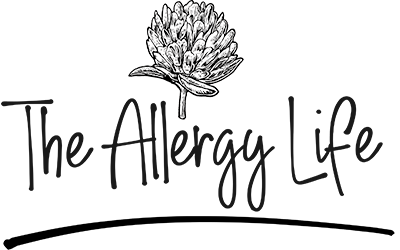
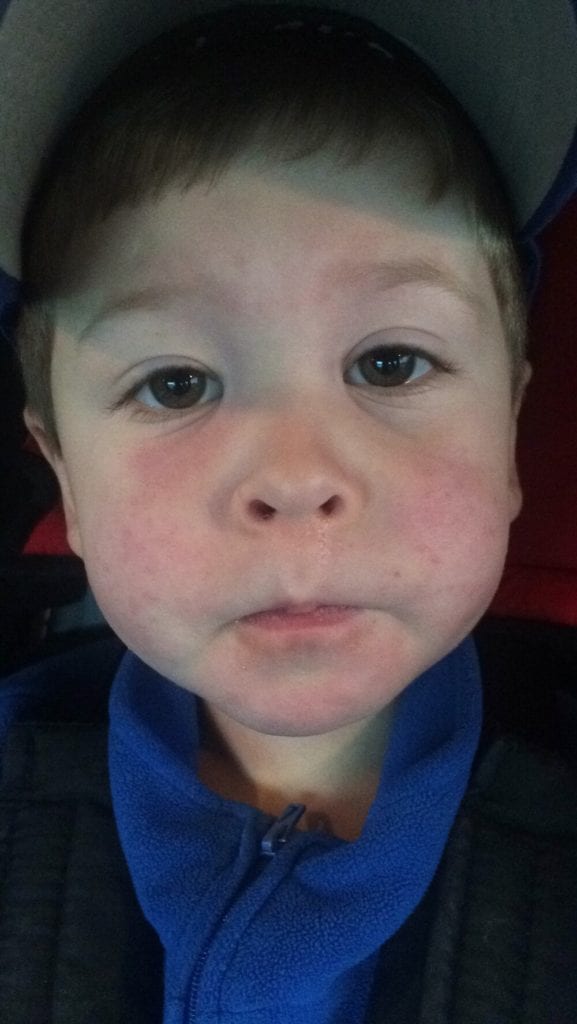
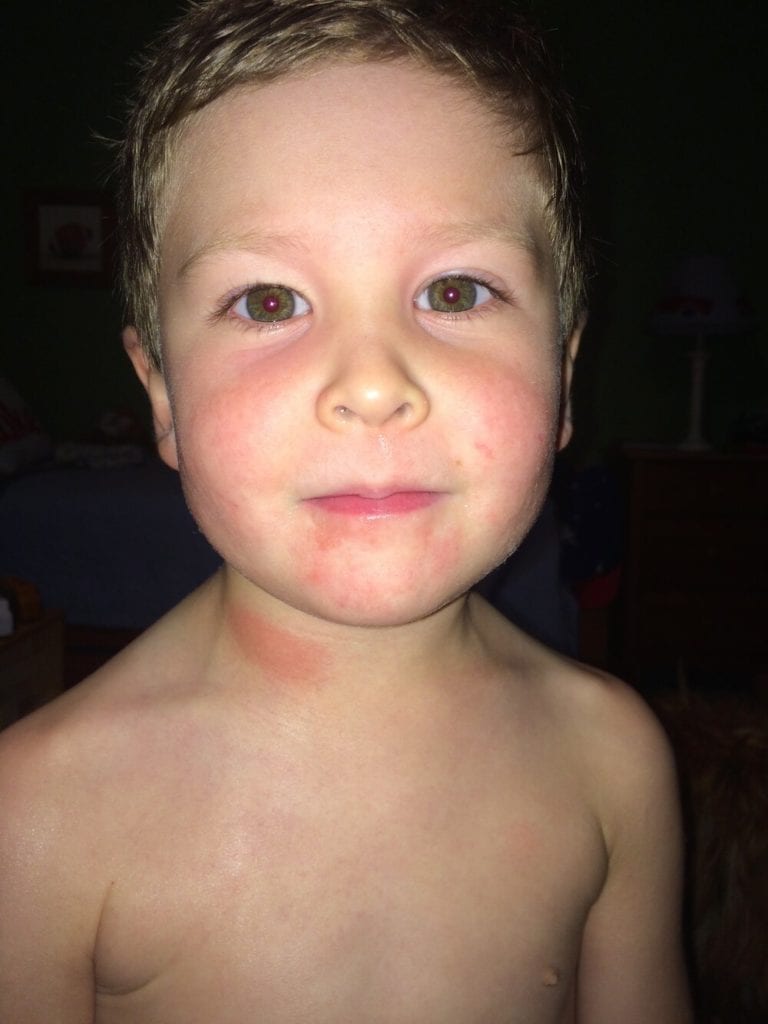
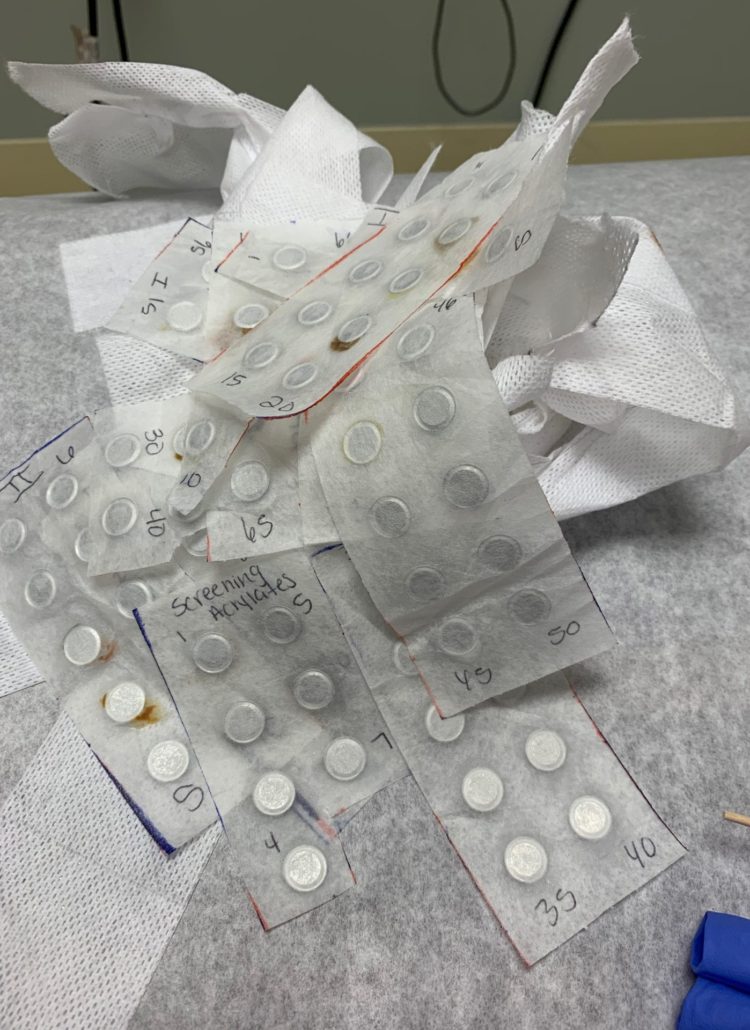

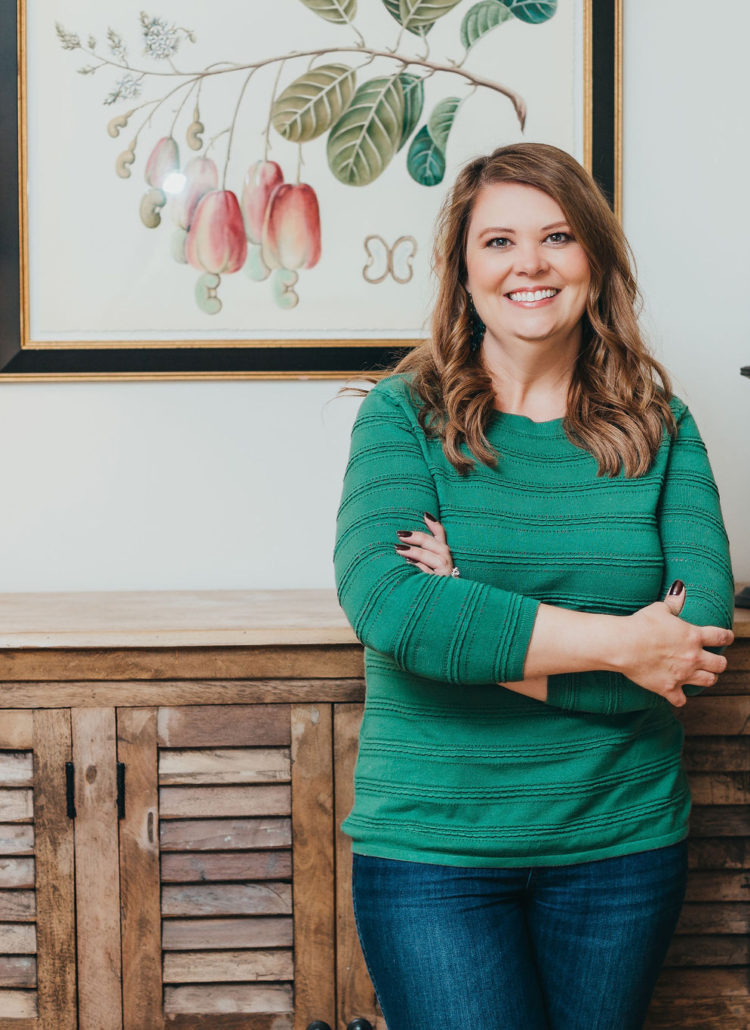
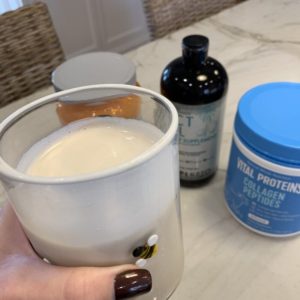
Holly says
For sure, Skin Safe is a game changer in trying to educate myself. I love the information about the specific ingredients. It is so confusing because different names can be used and my allergens can be hidden in the ingredient list. I am thankful to have a tool to help with deciding what products I bring into my home and put on my skin. Overall, it can be so overwhelming. I really appreciate your mission for creating this blog. It will help so many people.